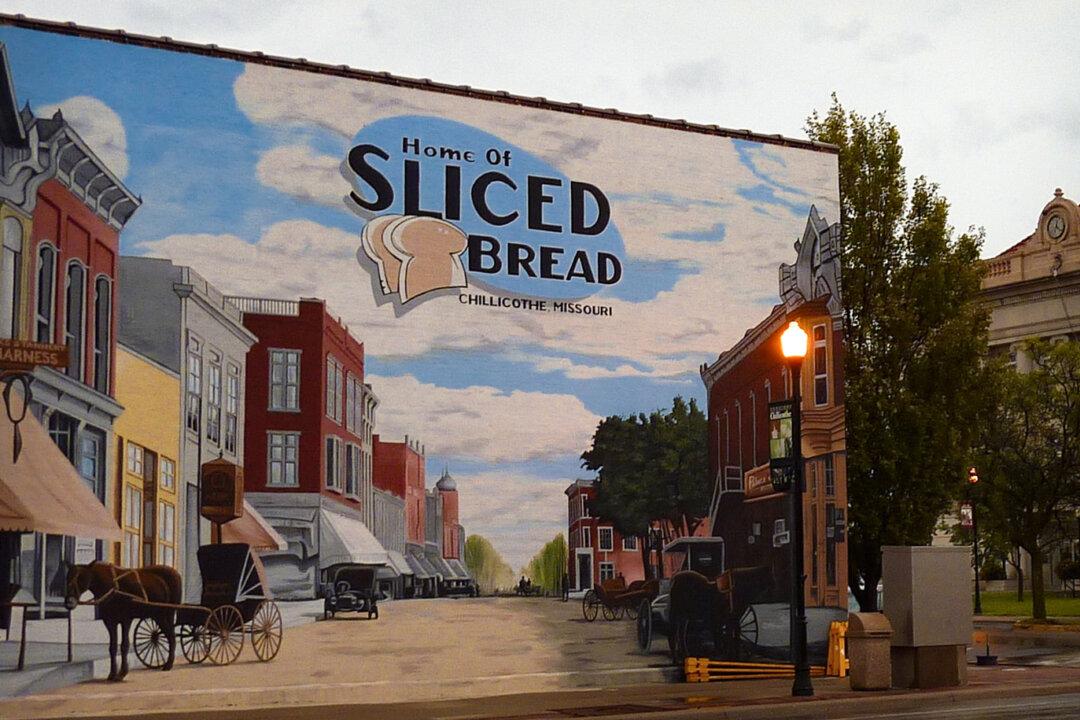While traveling last summer from the East Coast to Montana and back in our 1969 restored Shasta camper, my husband and I spent hours playing a history trivia game. One of the questions was, “Who invented sliced bread?” Neither of us knew, but we learned that a man named Otto Rohwedder was behind the machine that completely changed how bread was presented, packaged, and consumed by Americans.
Ironically enough, while traveling through Missouri, we saw a billboard for “Chillicothe: The Home of Sliced Bread!” Had we not just played the trivia game, we would have had no idea of the significance of the town that boasted the food culture-changing invention. Seeking as many off-the-beaten-path historical sites as possible on the more than 5,000-mile journey, we took the exit and entered the small, rural town of Chillicothe—population, around 9,000.





